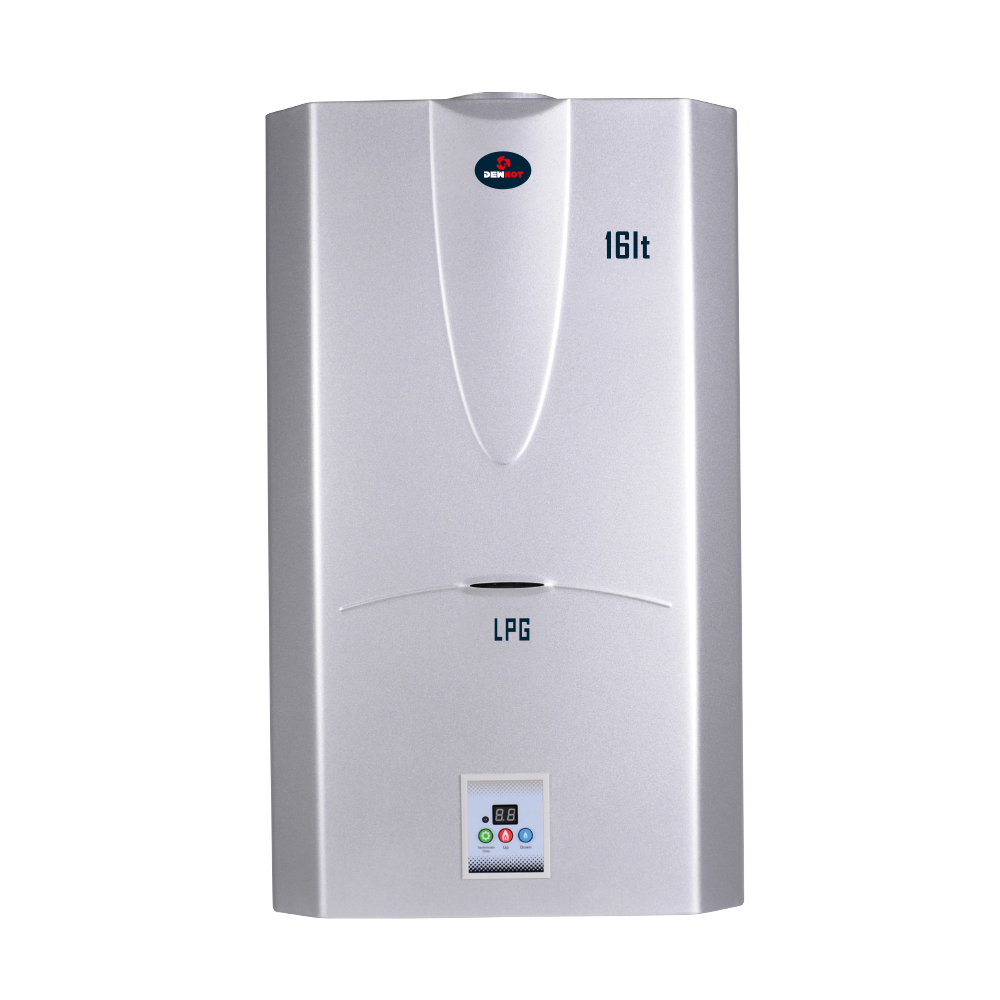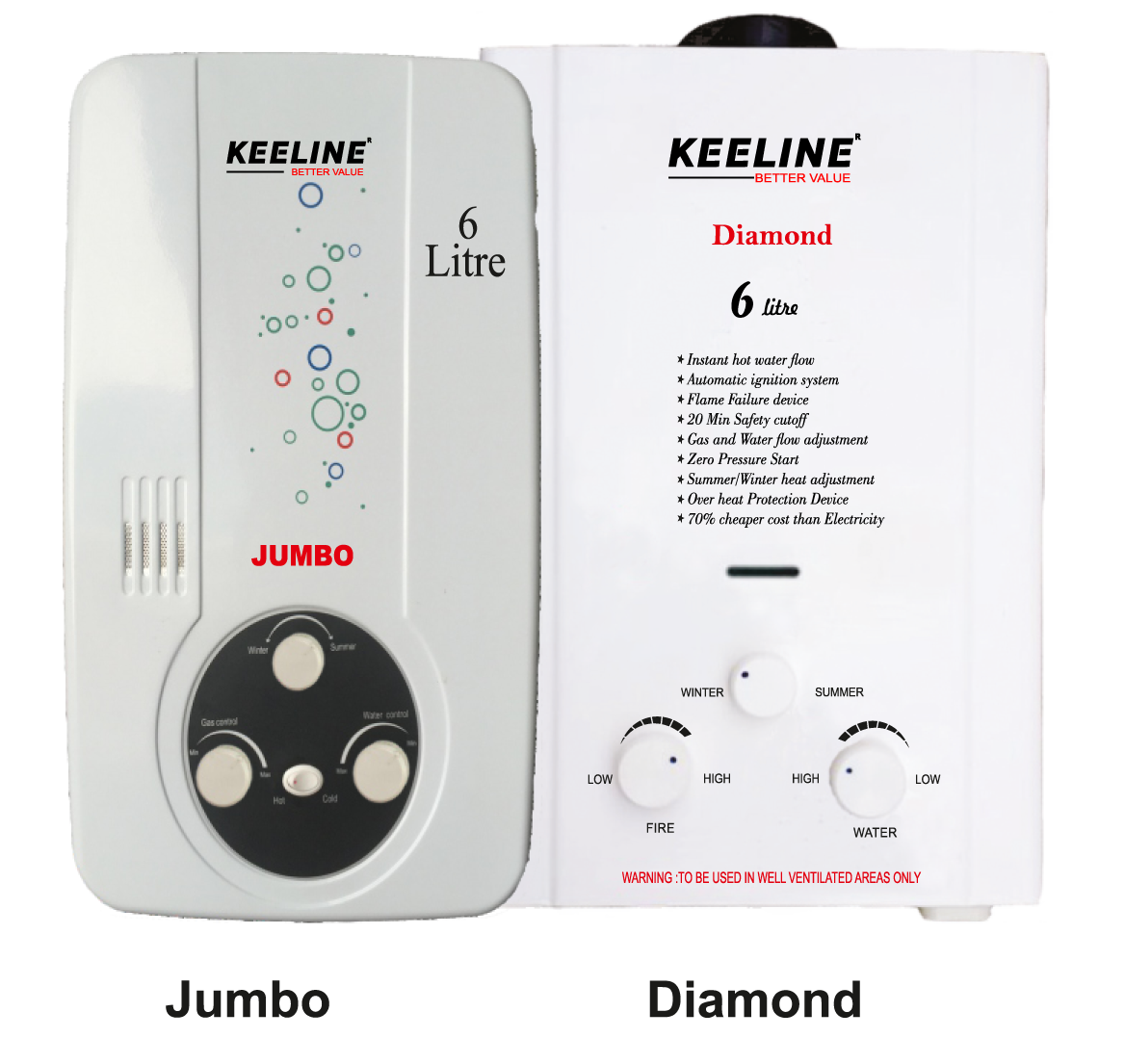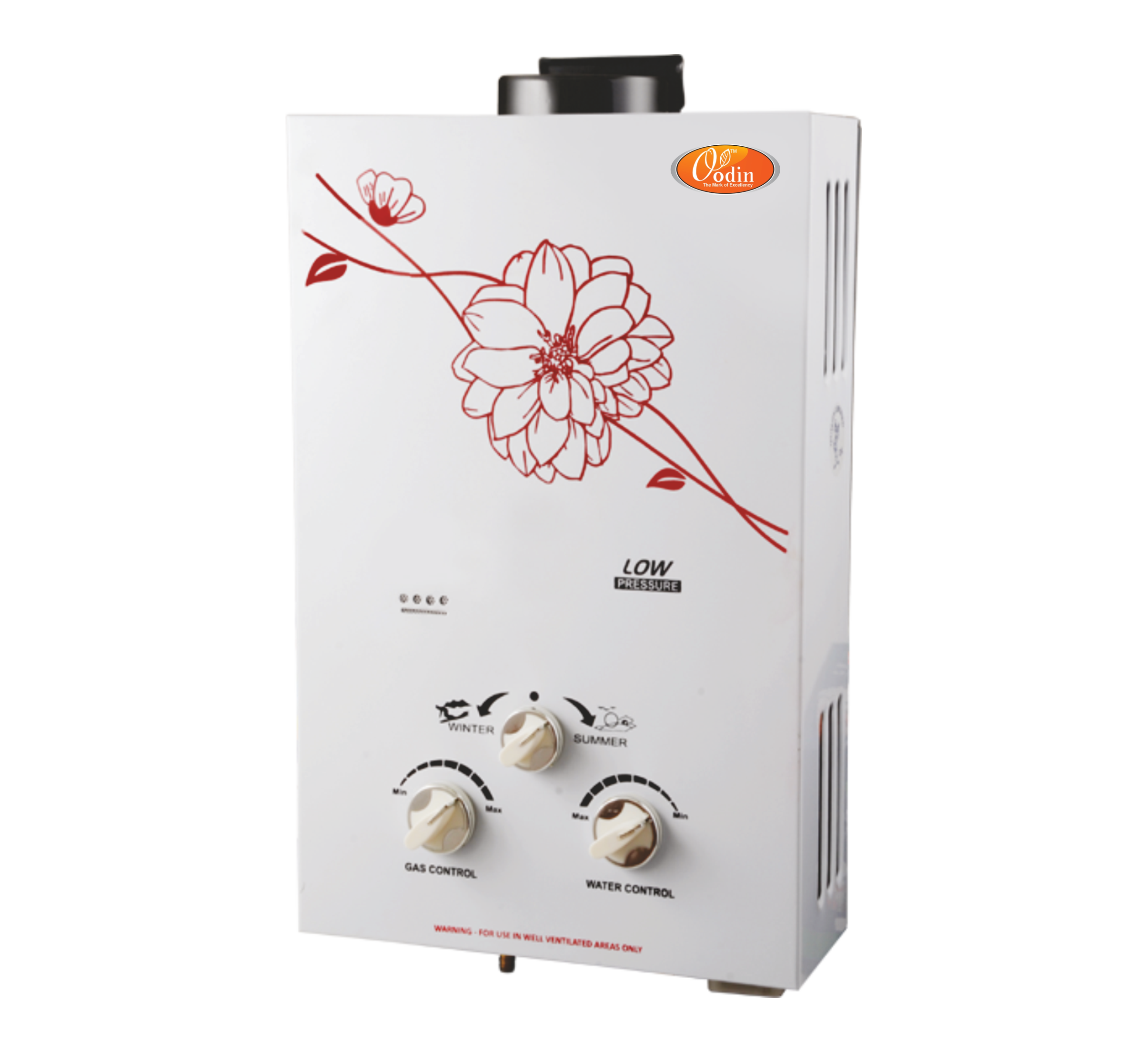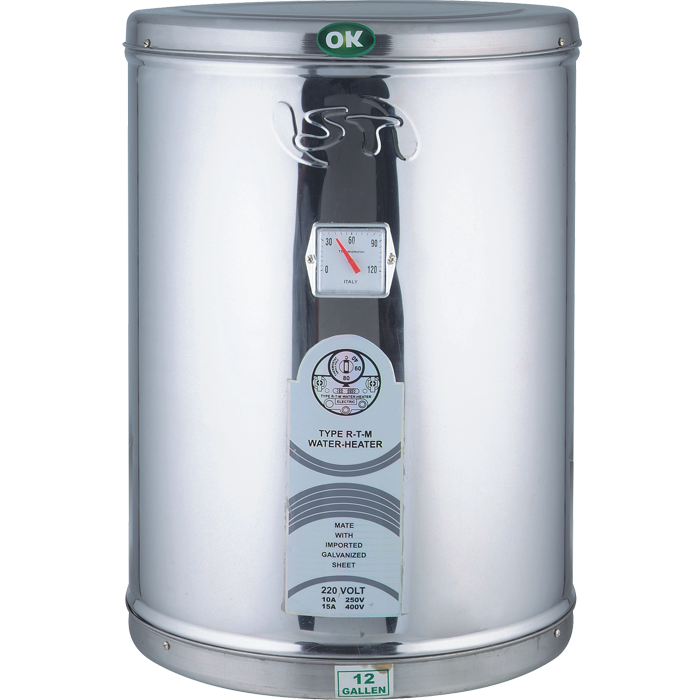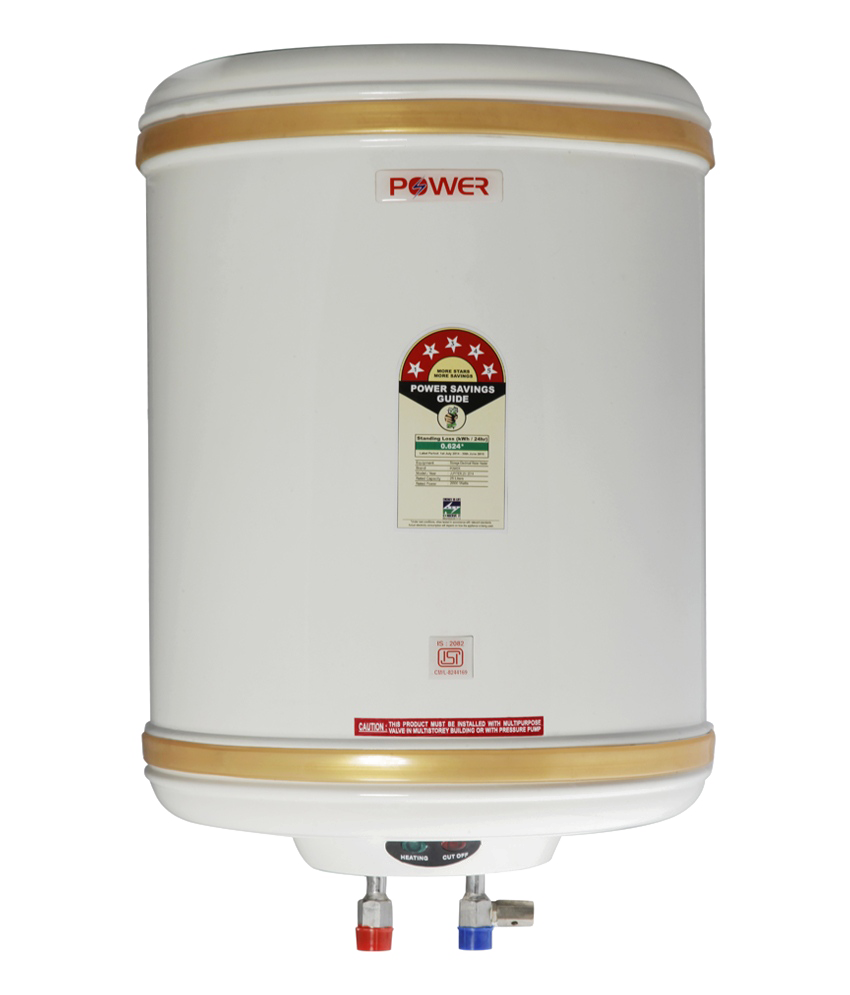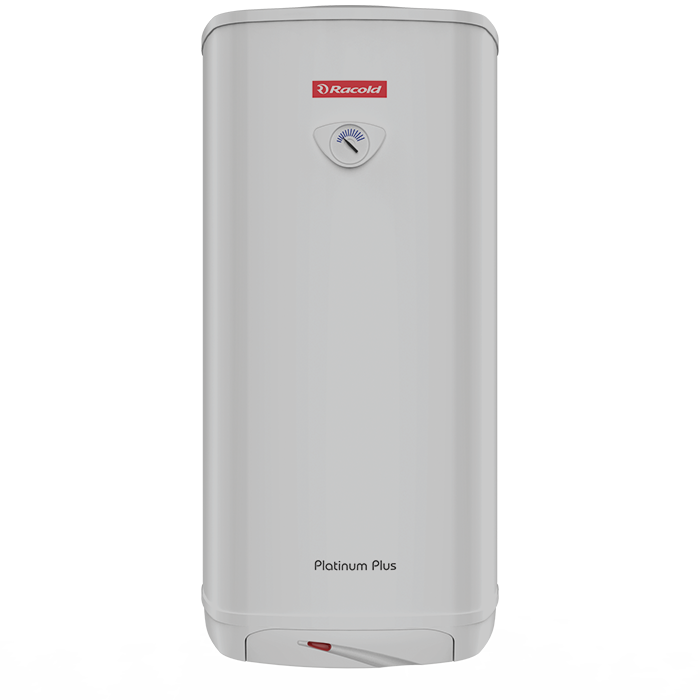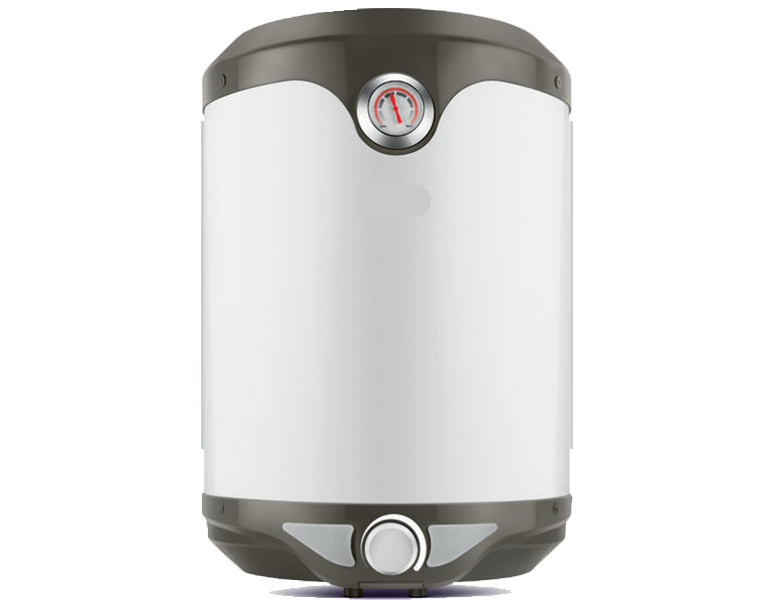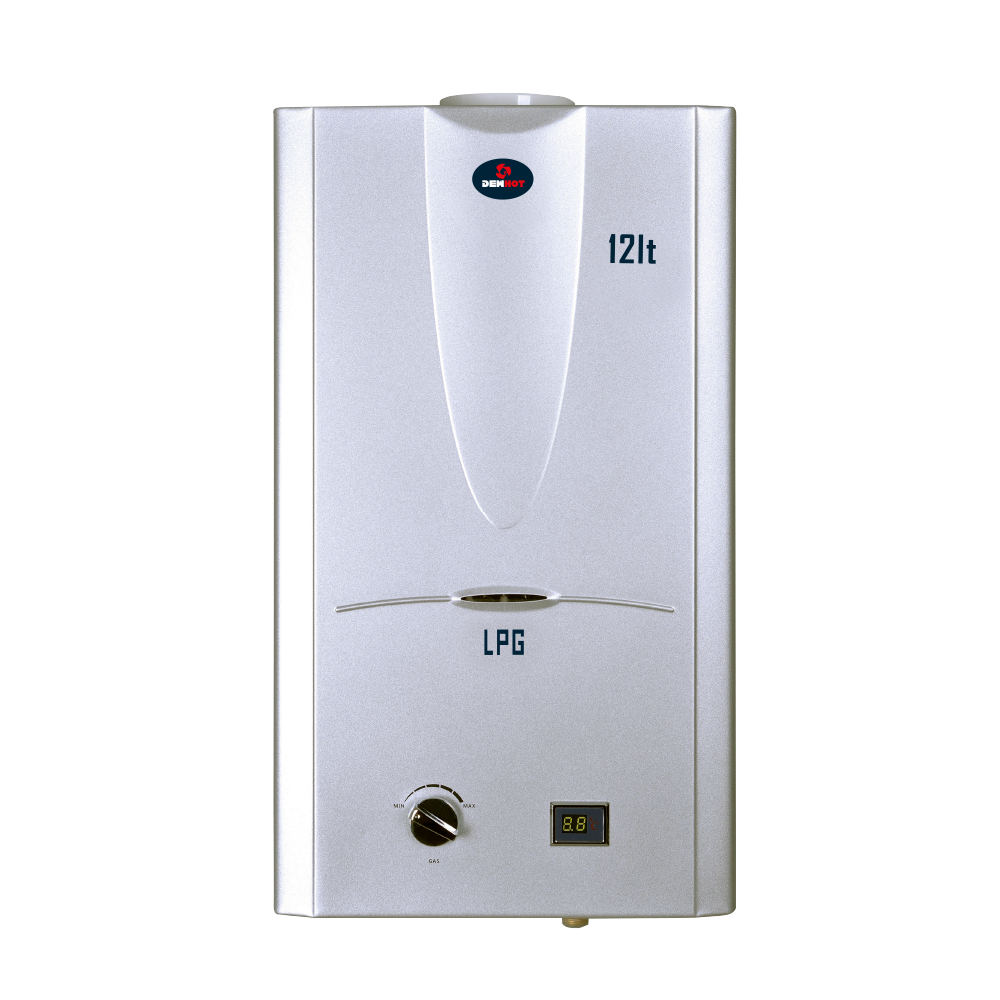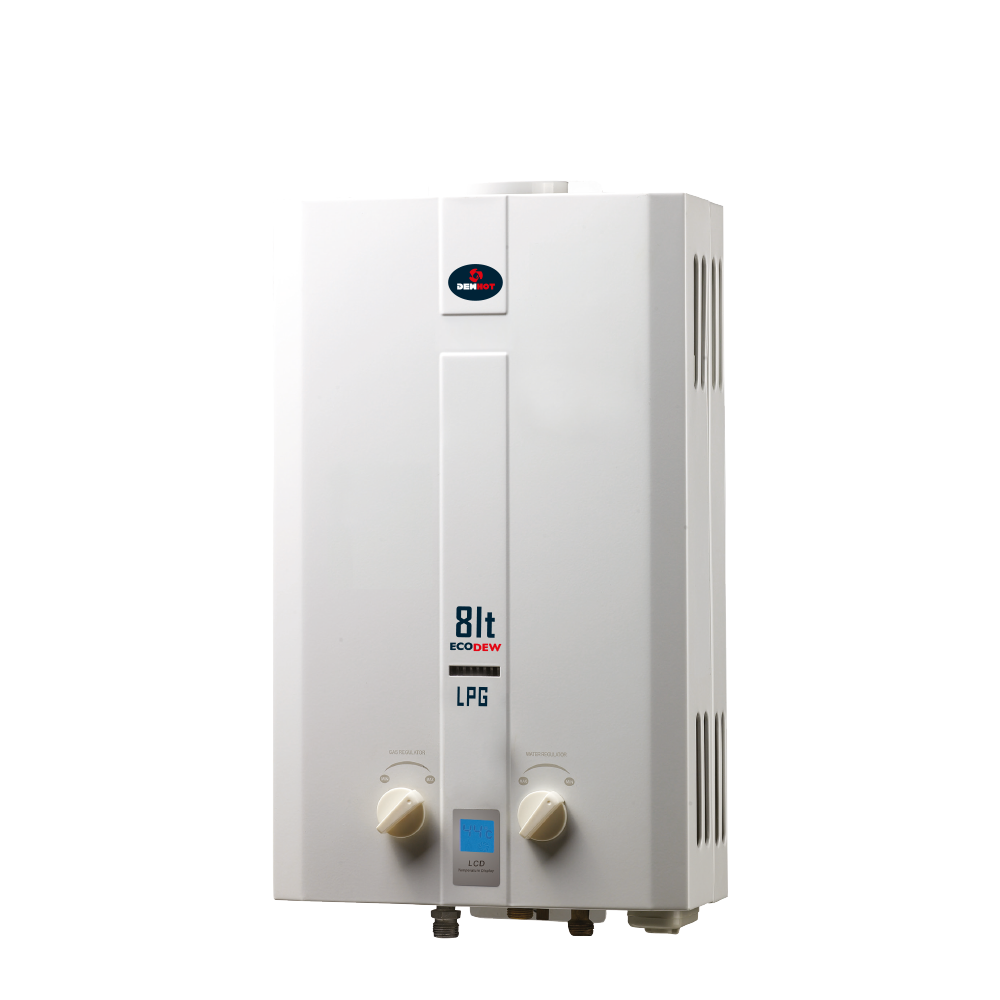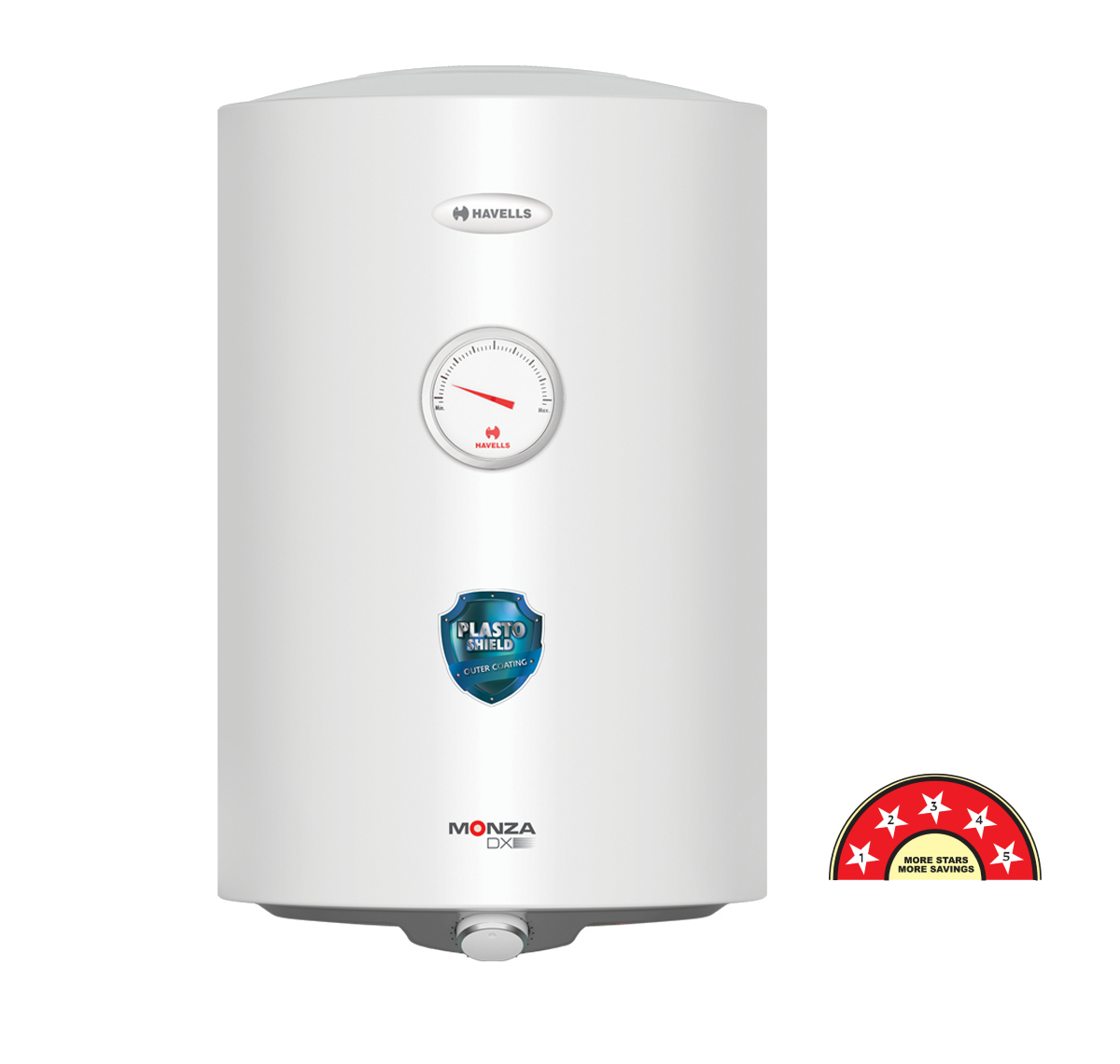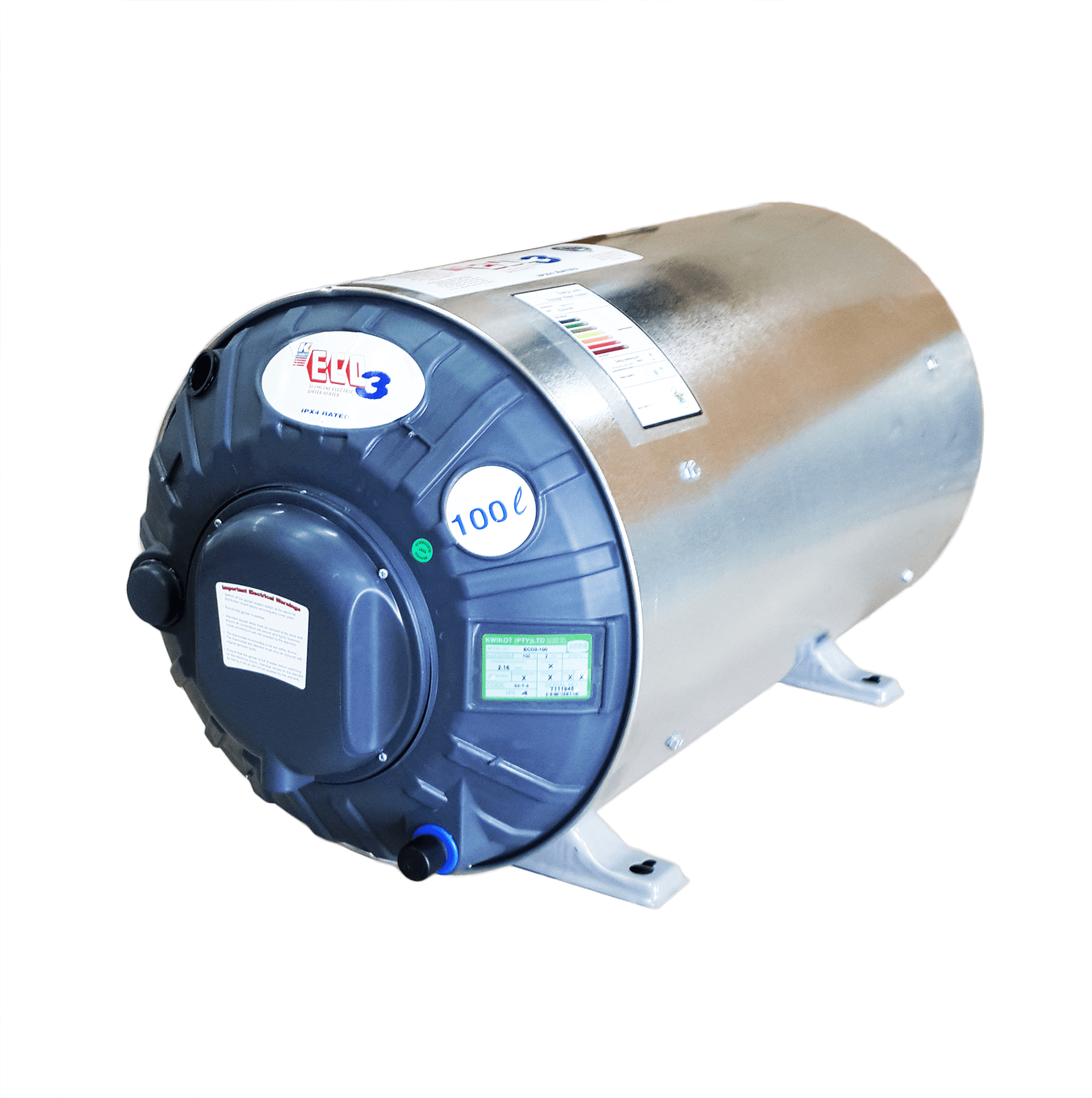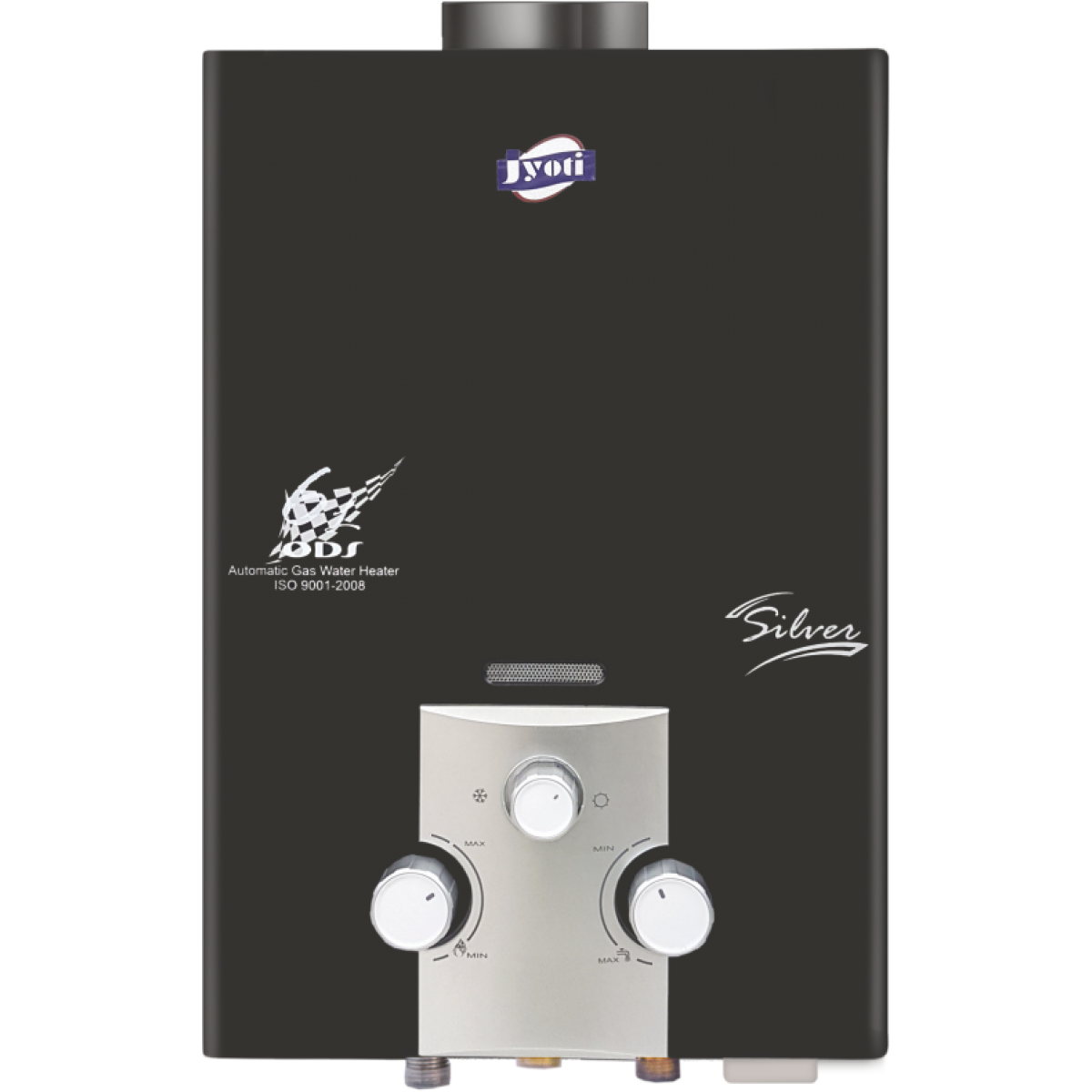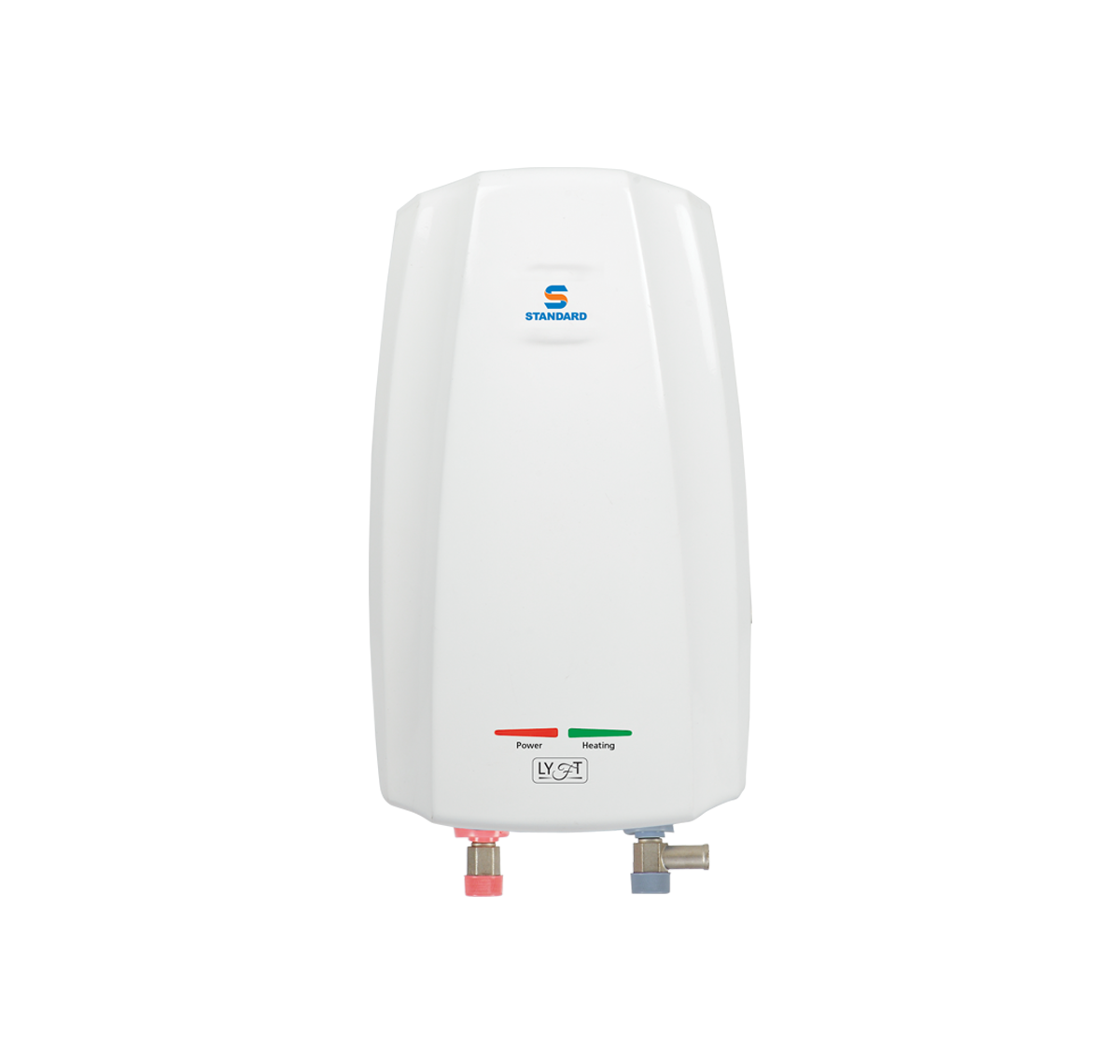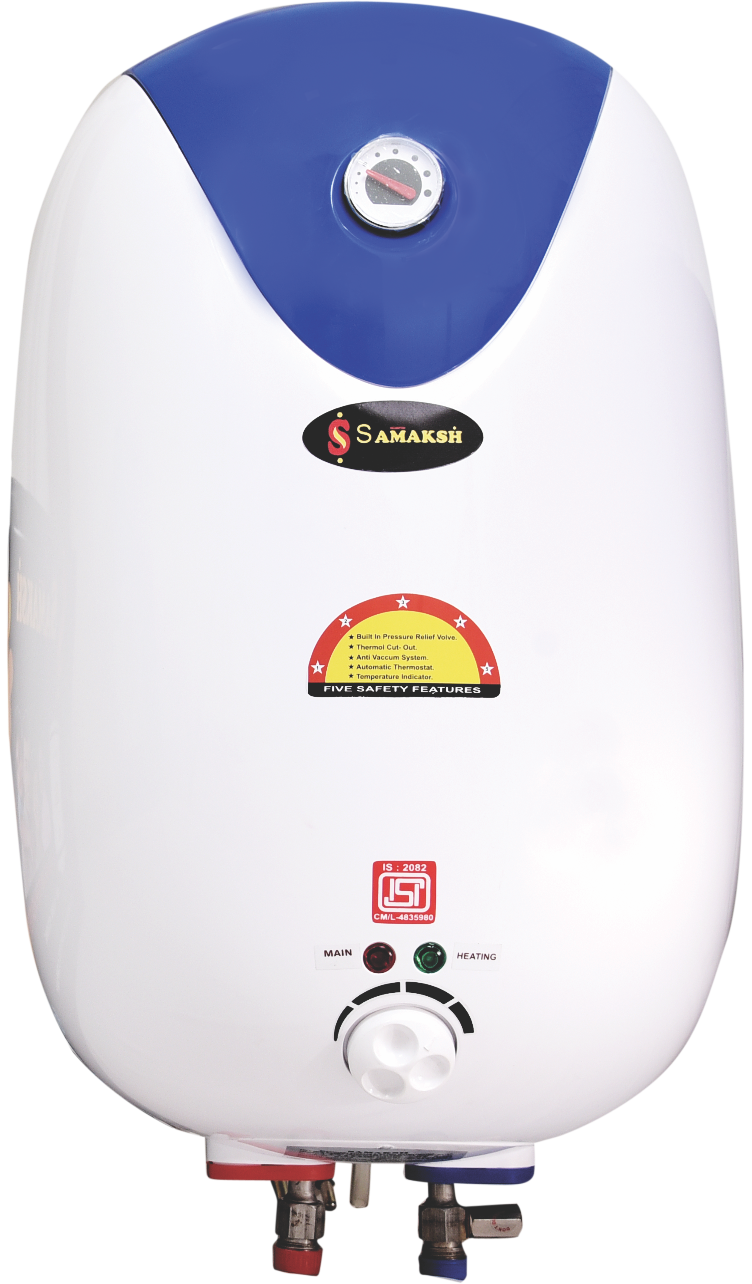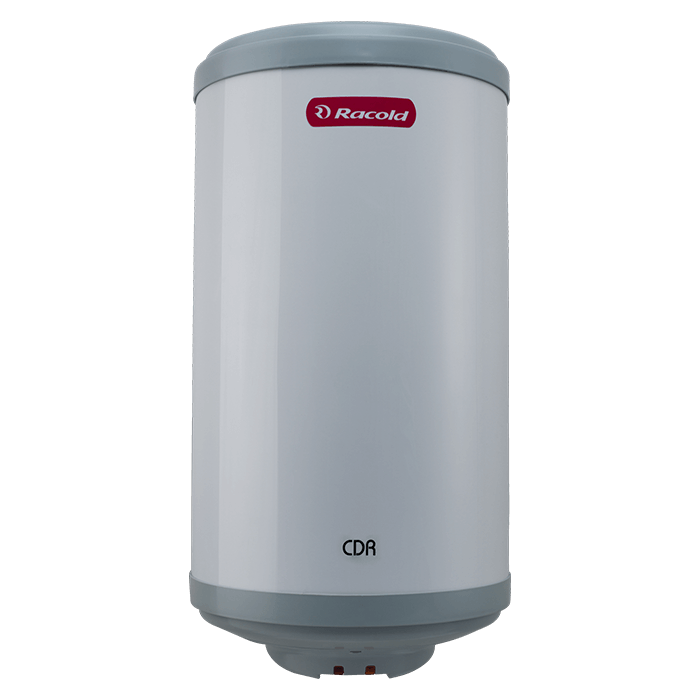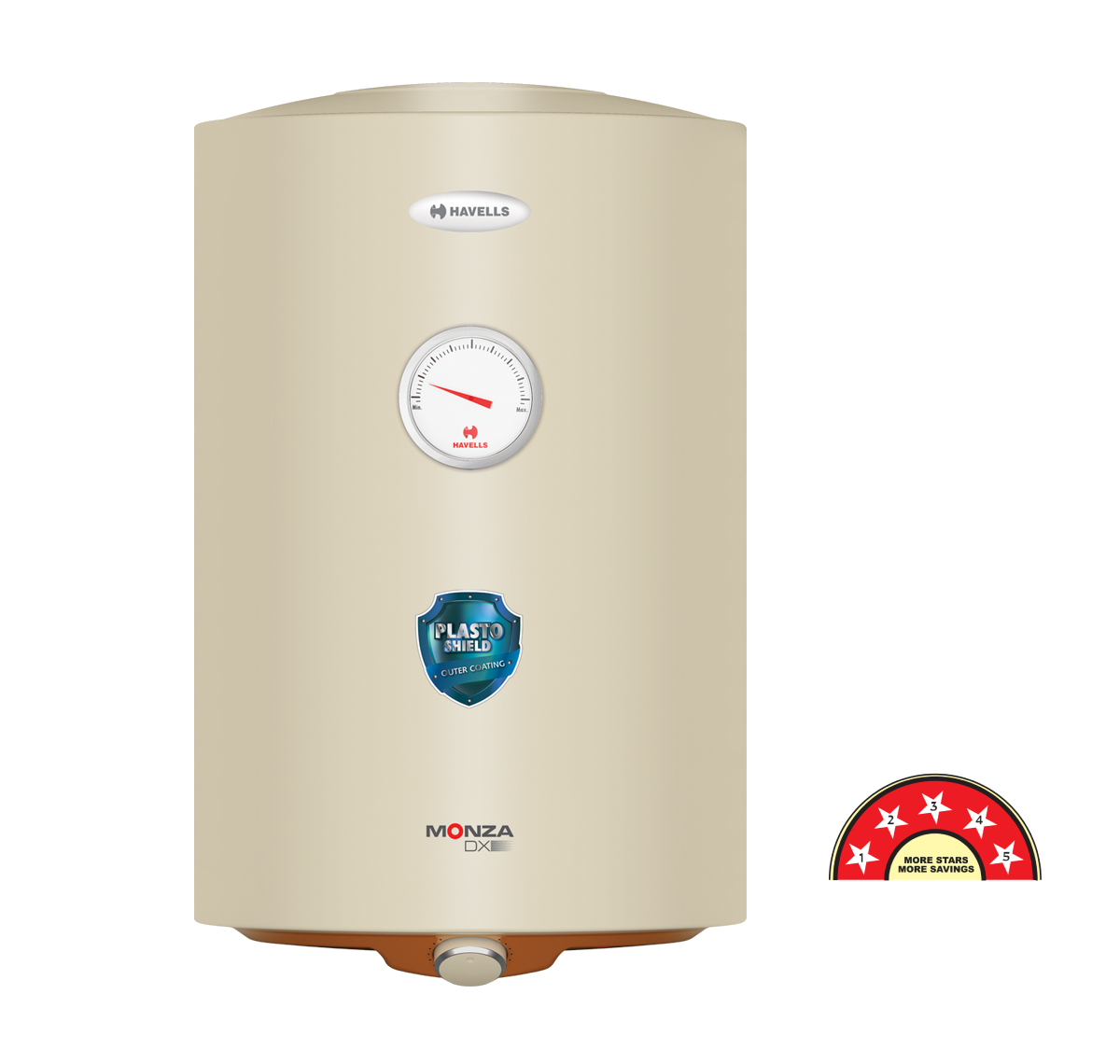Download top and best high-quality free Geyser PNG Transparent Images backgrounds available in various sizes. To view the full PNG size resolution click on any of the below image thumbnail.
License Info: Creative Commons 4.0 BY-NC
A geyser is a kind of spring that produces a turbulent, intermittent discharge of water accompanied by steam. Unique hydrogeological circumstances form geysers found only in a few areas on Earth, making them a relatively unusual phenomena. The geyser effect is caused by magma, and most geyser field locations are found in active volcanic regions. Surface water usually descends to a depth of about 2,000 meters (6,600 feet), when it comes into touch with heated rocks. The pressured water boils, resulting in a geyser effect of hot water and steam pouring out the geyser’s surface vent (a hydrothermal explosion).
Due to continuous mineral deposition inside the geyser plumbing, interchange of functions with neighboring hot springs, seismic impacts, and human involvement, a geyser’s eruptive activity may vary or halt. Geysers, like many other natural phenomena, are not unique to our planet.
On many of the outer solar system’s moons, jet-like eruptions known as cryogeysers have been detected. These eruptions consist of vapor without liquid due to the low ambient pressures; they are rendered more apparent by dust and ice particles transported aloft by the gas. Water vapor jets have been detected near the south pole of Saturn’s moon Enceladus, while nitrogen eruptions have been observed on Neptune’s moon Triton. Carbon dioxide explosions from Mars’ southern polar ice cap have also been seen. Instead of being fueled by geothermal energy, the eruptions in the latter two examples appear to be fueled by solar heating via a solid-state greenhouse effect.
The name ‘geyser’ was coined in the late 18th century and is derived from Geysir, an Icelandic geyser. “One who gushes” is the meaning of its name.
Geysers are ephemeral geological formations. Geysers are usually found near volcanic regions. The pressure builds up inside the geyser when water boils, forcing a superheated column of steam and water to the surface through the internal piping. Geysers are formed when three geologic conditions, all of which are common in volcanic terrain: high heat, water, and a plumbing system, come together.
Magma that must be near to the earth’s surface provides the heat required for geyser production. A plumbing system comprised of cracks, fissures, porous gaps, and occasionally cavities is necessary for the heated water to create a geyser. A reservoir is included to store the water while it is heated. Geysers are usually found near fault lines.
Surface water eventually seeps down into the earth until it encounters magma-heated rock, which causes geyser activity, as with all hot spring activity. The geothermally heated water in non-eruptive hot springs rises to the surface by convection through porous and fractured rocks, whereas the water in geysers is explosively pushed upwards by the tremendous pressure generated when water boils below.
The subterranean structure of geysers differs from that of non-eruptive hot springs; many have a tiny vent at the surface connected to one or more thin tubes that lead to underground reservoirs of water and pressure-tight rock.
The water at the top of the column cools as the geyser fills, but convective cooling of the water in the reservoir is difficult due to the narrowness of the channel. Like the lid of a pressure cooker, the cooler water above bears down on the hotter water underneath, allowing the water in the reservoir to become superheated, or remain liquid at temperatures considerably over the standard-pressure boiling point.
Download Geyser PNG images transparent gallery.
- Electric Geyser PNG HD Image
Resolution: 800 × 800
Size: 168 KB
Image Format: .png
Download
- Electric Geyser PNG Image HD
Resolution: 800 × 800
Size: 241 KB
Image Format: .png
Download
- Geyser PNG Image HD
Resolution: 750 × 750
Size: 76 KB
Image Format: .png
Download
- Geyser PNG Images HD
Resolution: 800 × 800
Size: 73 KB
Image Format: .png
Download
- Geyser Water Heater PNG Images HD
Resolution: 1280 × 922
Size: 270 KB
Image Format: .png
Download
- Geyser Water Heater PNG Free Image
Resolution: 1000 × 1000
Size: 606 KB
Image Format: .png
Download
- Geyser Water Heater PNG Image File
Resolution: 1000 × 1000
Size: 273 KB
Image Format: .png
Download
- Electric Geyser No Background
Resolution: 800 × 800
Size: 135 KB
Image Format: .png
Download
- Electric Geyser PNG Images HD
Resolution: 800 × 800
Size: 152 KB
Image Format: .png
Download
- Electric Geyser PNG Free Image
Resolution: 800 × 800
Size: 224 KB
Image Format: .png
Download
- Electric Geyser PNG Image File
Resolution: 900 × 900
Size: 91 KB
Image Format: .png
Download
- Geyser
Resolution: 720 × 1200
Size: 981 KB
Image Format: .png
Download
- Geyser No Background
Resolution: 1168 × 1105
Size: 552 KB
Image Format: .png
Download
- Geyser PNG Free Image
Resolution: 1196 × 1500
Size: 1057 KB
Image Format: .png
Download
- Geyser PNG Image File
Resolution: 1200 × 1140
Size: 283 KB
Image Format: .png
Download
- Geyser PNG
Resolution: 2410 × 2209
Size: 1135 KB
Image Format: .png
Download
- Geyser Water Heater
Resolution: 1000 × 1000
Size: 430 KB
Image Format: .png
Download
- Geyser Water Heater PNG
Resolution: 700 × 700
Size: 505 KB
Image Format: .png
Download
- Geyser Water Heater PNG Pic
Resolution: 850 × 995
Size: 318 KB
Image Format: .png
Download
- Geyser Water Heater PNG File
Resolution: 1200 × 1200
Size: 275 KB
Image Format: .png
Download
- Geyser Water Heater PNG Image
Resolution: 700 × 700
Size: 212 KB
Image Format: .png
Download
- Geyser PNG Pic
Resolution: 760 × 600
Size: 281 KB
Image Format: .png
Download
- Geyser PNG File
Resolution: 720 × 620
Size: 78 KB
Image Format: .png
Download
- Geyser PNG Image
Resolution: 1000 × 1000
Size: 763 KB
Image Format: .png
Download
- Geyser Water Heater PNG Photo
Resolution: 1200 × 1200
Size: 204 KB
Image Format: .png
Download
- Geyser Water Heater PNG Cutout
Resolution: 1000 × 1000
Size: 358 KB
Image Format: .png
Download
- Geyser Water Heater PNG Images
Resolution: 1200 × 1200
Size: 695 KB
Image Format: .png
Download
- Geyser Water Heater PNG Photos
Resolution: 1600 × 1600
Size: 1288 KB
Image Format: .png
Download
- Geyser Water Heater Transparent
Resolution: 1200 × 1140
Size: 1194 KB
Image Format: .png
Download
- Geyser PNG Photo
Resolution: 1200 × 1140
Size: 615 KB
Image Format: .png
Download
- Geyser PNG Cutout
Resolution: 657 × 700
Size: 338 KB
Image Format: .png
Download
- Geyser PNG Images
Resolution: 700 × 700
Size: 114 KB
Image Format: .png
Download
- Geyser PNG Photos
Resolution: 1200 × 1140
Size: 479 KB
Image Format: .png
Download
- Geyser Transparent
Resolution: 700 × 700
Size: 116 KB
Image Format: .png
Download
- Geyser PNG Clipart
Resolution: 1200 × 1140
Size: 667 KB
Image Format: .png
Download
- Geyser PNG Picture
Resolution: 2350 × 2362
Size: 817 KB
Image Format: .png
Download
- Geyser Water Heater PNG Clipart
Resolution: 640 × 621
Size: 165 KB
Image Format: .png
Download
- Geyser Water Heater PNG Picture
Resolution: 1200 × 1200
Size: 575 KB
Image Format: .png
Download
- Geyser Water Heater PNG HD Image
Resolution: 750 × 750
Size: 99 KB
Image Format: .png
Download
- Geyser Water Heater PNG Image HD
Resolution: 640 × 621
Size: 152 KB
Image Format: .png
Download
- Electric Geyser
Resolution: 700 × 700
Size: 147 KB
Image Format: .png
Download
- Electric Geyser PNG
Resolution: 700 × 700
Size: 156 KB
Image Format: .png
Download
- Electric Geyser PNG Pic
Resolution: 1200 × 1140
Size: 274 KB
Image Format: .png
Download
- Electric Geyser PNG File
Resolution: 700 × 700
Size: 556 KB
Image Format: .png
Download
- Electric Geyser PNG Image
Resolution: 946 × 946
Size: 553 KB
Image Format: .png
Download
- Electric Geyser PNG Photo
Resolution: 1200 × 1140
Size: 635 KB
Image Format: .png
Download
- Electric Geyser PNG Cutout
Resolution: 752 × 1284
Size: 1125 KB
Image Format: .png
Download
- Geyser Water Heater No Background
Resolution: 644 × 838
Size: 455 KB
Image Format: .png
Download
- Geyser PNG HD Image
Resolution: 891 × 1502
Size: 496 KB
Image Format: .png
Download
- Electric Geyser PNG Images
Resolution: 700 × 700
Size: 94 KB
Image Format: .png
Download
- Electric Geyser PNG Photos
Resolution: 1200 × 1140
Size: 343 KB
Image Format: .png
Download
- Electric Geyser Transparent
Resolution: 1200 × 1140
Size: 631 KB
Image Format: .png
Download
- Electric Geyser PNG Clipart
Resolution: 700 × 700
Size: 243 KB
Image Format: .png
Download
- Electric Geyser PNG Picture
Resolution: 850 × 995
Size: 323 KB
Image Format: .png
Download





